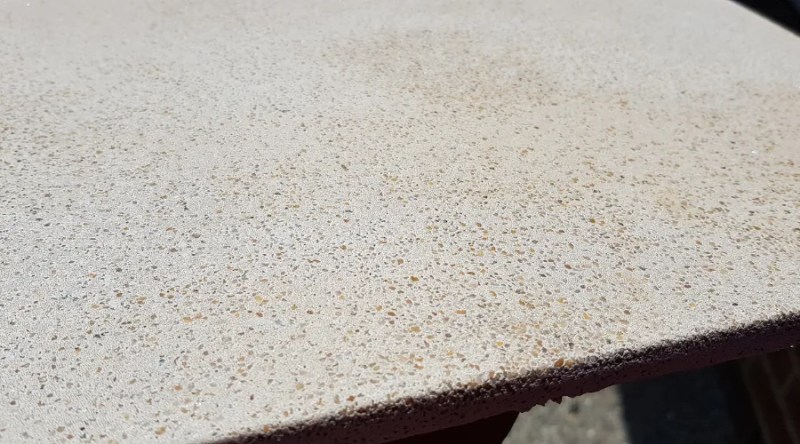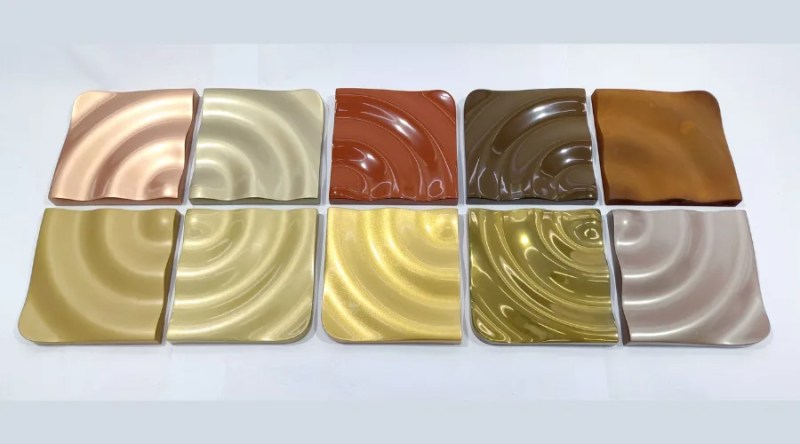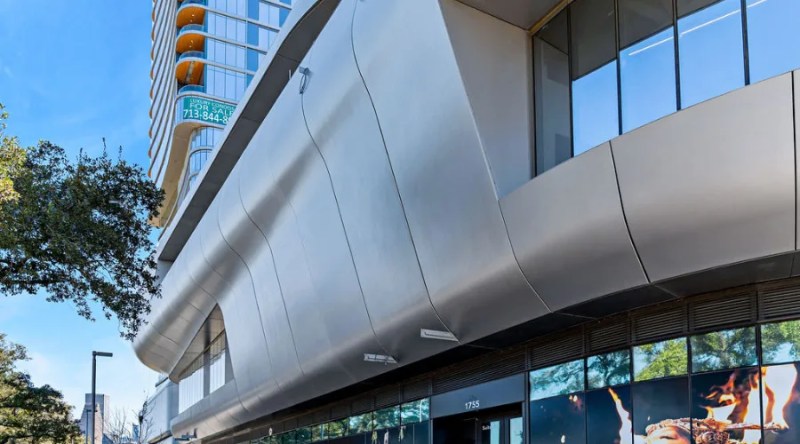In contemporary architecture, the surface of a building is more than just a protective envelope; it is a medium of communication. Through texture, colour, and material behaviour, architects are telling stories, anchoring buildings within cultural or environmental contexts, and shaping public interaction. Surface finish, therefore, emerges as a critical component in architectural cladding design. Far from a secondary consideration, it defines how materials perform, how buildings age, and how users perceive the built environment. With innovations in reinforced materials and precision manufacturing, surface finishes now offer expanded opportunities for both visual expression and technical function.

Understanding Surface Finish as a Design Element
Surface finish refers to the texture, gloss level, colour treatment, and overall tactile quality of a cladding panel. In design terms, it plays the role of visual language. A smooth, high-gloss surface can evoke modernity and clarity, while a textured, matte finish might suggest naturalism or tactility. These qualities do not merely serve aesthetic preferences but also influence how light interacts with the building, how users engage with the façade, and how well the surface performs under environmental exposure.
The finish of a cladding panel is, therefore, not just an outcome of manufacturing, but a deliberate design decision. It is essential that architects and consultants integrate finish choices early in the concept phase, where they become part of the architectural narrative rather than an afterthought applied post-specification.
Categories of Surface Finishes
Surface finishes fall into a number of broad categories, each offering different design opportunities and technical considerations.
Smooth and Off-Form Finishes
Smooth finishes are achieved directly from precision tooling or moulds. In materials such as ShapeShell™-RC, this results in a clean, minimal appearance that suits modernist or institutional buildings. The off-form finish requires little post-processing, ensuring consistent surface quality and cost-effectiveness. It can also be combined with subtle pigmentations to add tonal depth without visual clutter.
Textured and Acid-Washed Finishes
Acid wash finishes provide surface articulation by selectively removing the cement paste layer to expose fine aggregates. Low to medium washes yield soft, matte textures ideal for civic or cultural buildings. Heavy washes offer a more rugged aesthetic, introducing shadow play and tactile complexity. These finishes work well in public environments where surface interaction enhances the user experience.
Primed Substrates
Panels can also be delivered primed and ready for custom coating systems. This allows flexibility for designers who wish to apply site-specific treatments or integrate panels into existing colour schemes. It also supports future-proofing, where finishes may need to be refreshed or changed without panel replacement.
Exposed Aggregate and Patterned Finishes
This method involves washing or mechanically abrading the surface post-cure to expose embedded materials like granite, basalt, or recycled glass. It creates a bold, raw aesthetic with excellent slip resistance, making it ideal for podiums, public seating, or vertical panels in high-traffic zones. Aggregates can be chosen to reflect local geology or project themes, reinforcing place identity.
Metallic and Cementitious Finishes
ShapeShell™-RT offers advanced finish systems that mimic metal surfaces, including bronze, zinc, corten, and stainless steel. These finishes provide high-end aesthetics without the maintenance or structural loads of true metals. Similarly, cementitious finishes emulate cast concrete, making them suitable for heritage integration or where a tactile concrete feel is desired.
Colour Integration and Coating Options
Colour can be introduced in several ways: integrated pigments within the substrate, external coatings, or through special treatments such as oxide washes. Integrated pigmentation, used in both ShapeShell™-RC and RT systems, allows for a consistent colour throughout the panel thickness, reducing the visual impact of scratches or edge wear.
External coating systems such as PVDF (Polyvinylidene fluoride) provide a high-performance surface resistant to UV, moisture, and pollutants. Available in the full RAL colour spectrum, these coatings enable bold, vivid façades with long-term durability. Internal coatings may be used for sheltered applications, offering design continuity across internal and external zones.
For urban or vandal-prone environments, anti-graffiti sealants can be applied. These allow for easy cleaning of spray paint or ink, preserving the architectural intent over time. Hydrophobic treatments also help shed dust and reduce maintenance cycles, particularly in coastal or polluted areas.
Performance Meets Aesthetics
Surface finish is not only about appearance. It has measurable implications for how a building envelope performs.
Durability: Finishes influence abrasion resistance, water absorption, and UV stability. For instance, ShapeShell™-RT panels with gloss coatings have been tested to withstand salt spray, freeze-thaw cycles, and prolonged UV exposure.
Cleanability: Smooth or hydrophobic finishes are easier to maintain, especially for high façades where access is limited. In contrast, textured finishes require different maintenance strategies but offer benefits in masking minor dirt and ageing.
Environmental Response: Reflectivity and thermal behaviour can be influenced by surface finish. Glossy or light-coloured surfaces reduce solar gain, while darker or textured surfaces may absorb more heat but offer richer visual tone.
Fire and Safety Ratings: Certain finishes contribute to fire classification ratings. ShapeShell™ materials are tested under AS1530 and BS476 standards, and fire-safe finishes can enhance compliance in public or high-rise settings.
Case Examples
West Gate Tunnel, Melbourne: A landmark infrastructure project using ShapeShell™-RT panels with custom RAL-colour coatings. The panels featured a net-inspired surface motif, realised through precision moulding and finished with UV-stable colour to evoke Melbourne’s industrial heritage. These finishes delivered aesthetic consistency across thousands of square metres of bridge cladding.
Queens Domain, Melbourne: Lightweight ShapeShell™-RT balustrade panels were finished with a smooth, clean surface that enabled a reduction in slab thickness. The weight saving permitted the addition of an extra floor within height restrictions. The surface finish contributed to an understated elegance, aligning with the residential tower’s premium positioning.
Design and Specification Considerations
When specifying surface finishes, design intent must align with fabrication and installation realities. Key considerations include:
- Sample Approval: Request physical mock-ups to assess texture, gloss, and colour in natural light. Digital renders may not capture real-world conditions.
- Substrate Compatibility: Not all finishes suit all materials. For instance, exposed aggregates work best in RC substrates, while metallic finishes are more appropriate for RT systems.
- Fixing Systems: Finishes can impact bracket design, joint treatment, and visual alignment. Early coordination with structural engineers and manufacturers ensures seamless integration.
- Movement and Expansion: Textured surfaces may require expansion joints to be more visible or deliberately concealed. Design around these realities to preserve aesthetic intent.
- Maintenance Access: Heavily textured or high-finish surfaces may require specific cleaning strategies. Plan access early in the design stage.
Conclusion
Surface finish is no longer a passive outcome of manufacturing but an active design language in modern architecture. Through deliberate choices in texture, colour, and material treatment, architects can control how a building is perceived, how it performs, and how it integrates with its context. Reinforced cladding materials such as ShapeShell™-RT and RC offer designers the flexibility to use surface finish not just as a layer, but as a tool of expression.
In embracing finish as a design element, we enable richer architectural narratives—ones where material speaks, texture interacts, and surfaces respond to both people and place.









